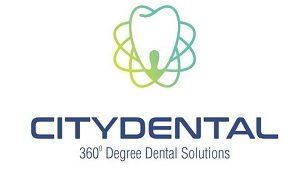How to fix receding gums?
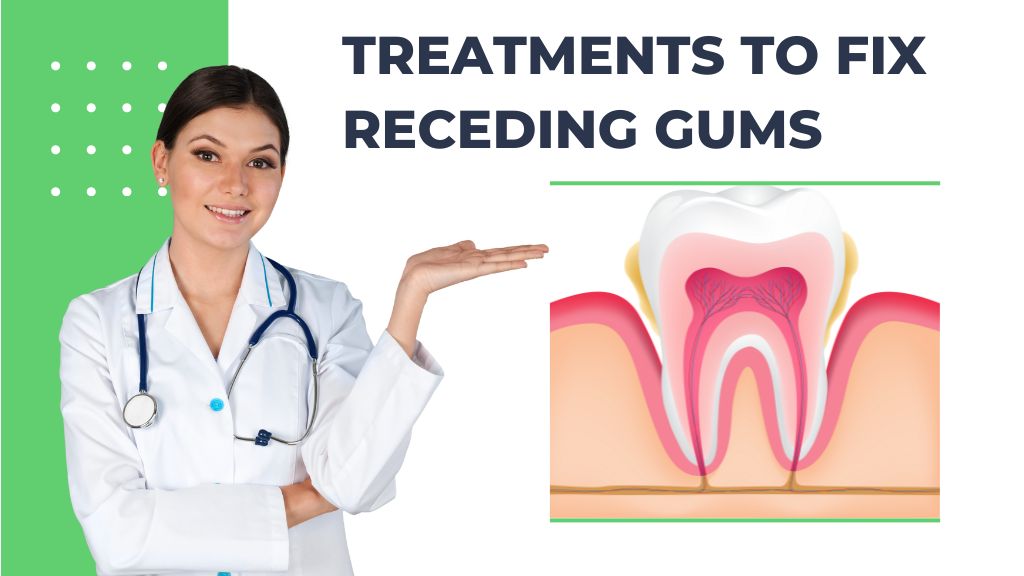
Gum recession is when a part of the gum tissue that surrounds the teeth wears away, exposing more of the tooth’s root. When gum recession occurs, gap forms between the teeth and gum line, making it easier for disease-causing bacteria to thrive. If left untreated, the supporting tissue and bone structures of the teeth might be severely damaged and may ultimately result in tooth loss.
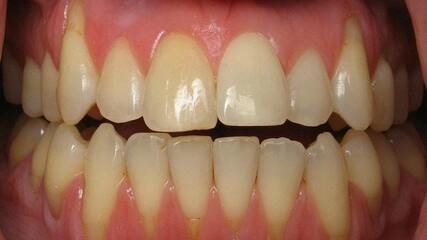
Symptoms of gum recession
The most common symptom of receding gums is root exposure of the tooth. Other gum recession warning signs include:
- Pain or discomfort near the gum line

- Sensitivity to hot and cold food or beverages

- Sensitivity when brushing and flossing

- Sensitivity during dental cleanings
Causes of gum recession
Some of the most common gum recession causes include:
- Brushing too hard
- Dental plaque or tartar buildup
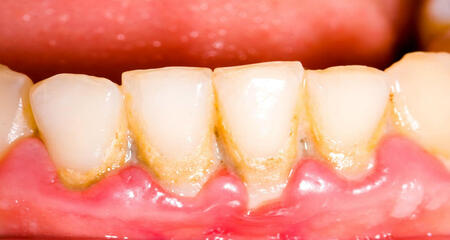
- Periodontal disease
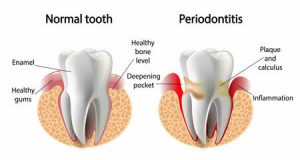
- Trauma or injury to your gum
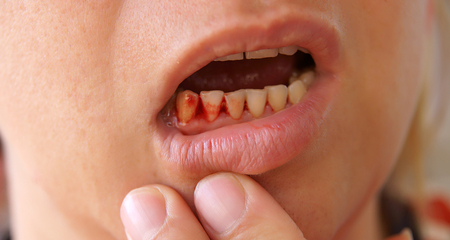
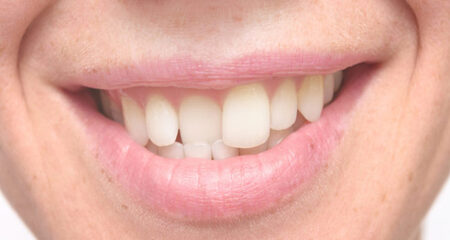
- Smoking or tobacco use
- Lip and tongue piercings
How to fix receding gums?
Gum recession treatment largely depends on the causes. Mild gum recession can be managed with non-surgical treatments, including topical antibiotics, dental bonding, or orthodontics. But in most cases, gum surgery is required to treat the recession completely.
Nonsurgical treatments
Various nonsurgical treatments for gum recession might include:
- Topical antibiotics: If gum recession is caused by periodontal disease, your dentist will work with you on the effectiveness of the treatment in cleaning your teeth. Scaling and root planning can be done under local anesthesia to eliminate harmful bacteria that cause gum disease under the gum line.
- Dental bonding: Sometimes, the dentist can camouflage the affected area with tooth-colored composite resin.
- Orthodontics: If a tooth is tipped, crooked, or rotated, it can often cause gum recession. In these cases, braces are an option. Once the tooth is properly aligned, the gum margin may correct itself over time.
Gum recession surgery
Gum graft surgery is the most predictable and long-lasting treatment for gum recession. Normally, a periodontist (gum expert) performs this process.
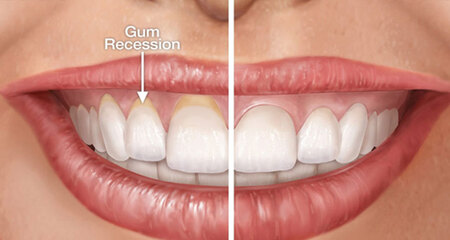
During this procedure, a gum graft is used to replace your lacking gum tissue. The graft is typically taken from the roof of your mouth; however, a graft can be taken from sterilized donor tissue.
Once the gum graft is within the right role, your surgeon stitches it in place. There are numerous unique types of gum grafting techniques. Your healthcare professional can decide which one is right for your case. Today’s gum grafting approaches are usually minimally invasive.
Only an experienced dentist can give you their opinion on appropriate gum treatment options. This is especially true if you’re facing pain or bleeding in your gums. City Dental Care is your trusted dental clinic in Pune with dentists specializing in all general dental treatments. Book an appointment with us to consult about any dental or gum issues.
